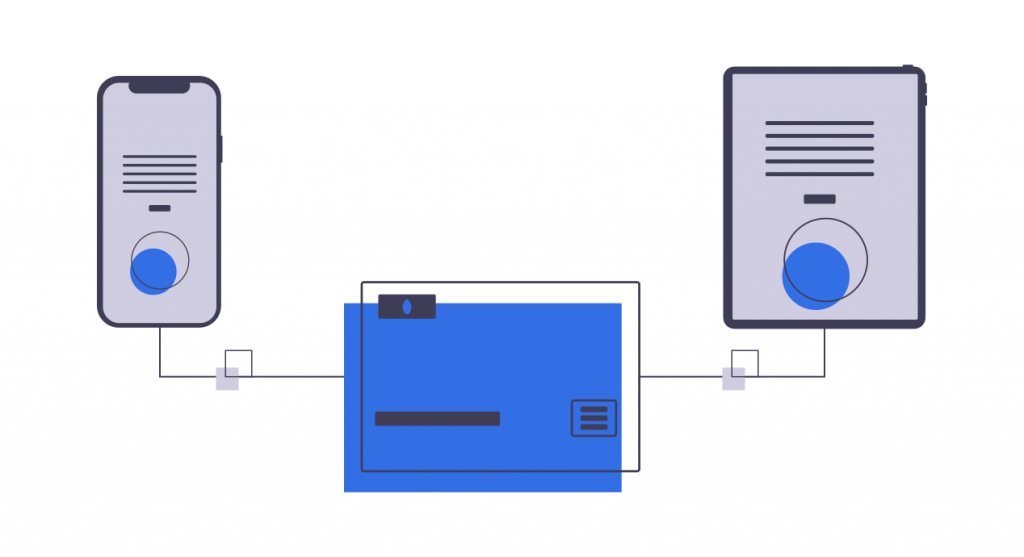What is UDP
The primary way in which networks establish loss-tolerating and low-latency connections between various apps across the Internet is through UDP (User Datagram Protocol). The way UDP speeds up the data transfer between applications on different networks is by starting the transmission before the receiving side provides explicit permission. Time-sensitive services such as VoIP (Voice over IP), DNS (Domain Name System) lookups, as well as video and audio streaming all rely heavily on UDP.

When is UDP used
In many respects, UDP is an alternative to TCP (Transmission Control Protocol). Just like TCP, UDP runs on top of the IP and you can often find it described as UDP/IP. The main difference between the two is that TCP enables host-to-host communication, while UDP is used for process-to-process communication.
The three main applications of UDP (User Datagram Protocol) are:
- Transaction-based protocols, of which the most popular are DNS and NTP (Network Time Protocol).
- Connection a large number of clients, in cases such as video conferences, gaming, and media streaming. In such cases real-time error correction isn’t always necessary, so UDP is faster than TCP.
- Sending and receiving data packages outside of the order they have been transmitted. Thanks to this, the latency rate drops significantly.
UDP is, in short, the backbone of lossless, fast data transmission, gaming networks, and your favorite streaming services such as Netflix and Disney Plus.
